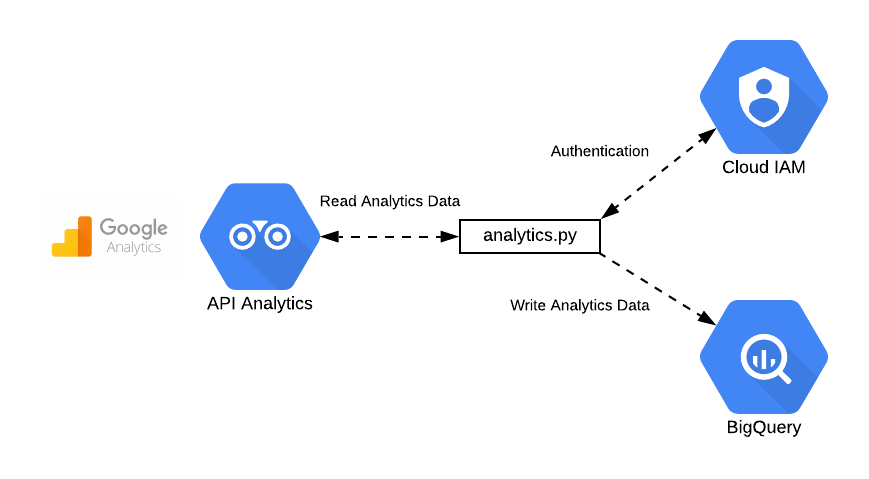
The web design landscape feels different this year. It could be because we've finally moved past the flashy, over-animated websites that dominated the early 2020s, or maybe it's just that users have become more discerning about what works. Either way, 2025 has brought some fascinating shifts in how we think about online experiences.
We've been watching these changes unfold, and some caught us off guard. For instance, the emphasis on subtlety is almost like designers collectively decided that less can be more. But then again, we're also seeing some incredibly sophisticated interactions that would have been impossible just a few years ago.
The New Standards: Where UI/UX is Heading
Current design standards aren't just evolving – they're being completely rewritten in some areas. The old grid-based layouts are giving way to more fluid, organic arrangements. We're seeing designers embrace asymmetry in ways that still feel balanced, though I'm not entirely sure how they pull it off sometimes.
Micro-interactions have become more nuanced, too. Instead of the bouncy, attention-grabbing animations we used to see everywhere, there's this new focus on what I'd call "breathing" interfaces: subtle hover states and gentle transitions that feel almost natural. It's like websites are learning to whisper instead of shout.
The colour palettes have shifted as well. Those vibrant gradients from a couple of years back are being replaced by more muted, earthy tones. Interestingly, we're also seeing bold accent colours used more strategically – perhaps as a reaction to the overall softer approach.
Typography is becoming more experimental but refined. Variable fonts finally have their moment, allowing designers to fine-tune weight and width in real time. This is creating incredibly smooth reading experiences that adapt to content and context. I've noticed how much more comfortable longer articles feel on well-designed sites.
AI's Role in Modern Design Workflows
This is where things get interesting, though we’re still figuring out exactly how significant the impact will be in the long term. AI tools aren't just helping with asset generation anymore; they're starting to influence the web design process.
Automated layout suggestions based on content analysis are becoming surprisingly sophisticated. We've seen systems that can suggest optimal button placement based on user behaviour patterns, or adjust colour schemes depending on the time of day users typically visit. It's not quite at the point where AI is designing entire websites, but it's getting closer than we expected.
The workflow benefits are more immediately apparent. Designers are using AI to generate variations of components, test different arrangements, and even write micro-copy. What used to take hours of iteration can now happen in minutes. Though there's still something to be said for human intuition, AI suggestions don't always capture the subtle emotional nuances that make a design truly connect with users.
The most intriguing development is AI-powered personalisation, which happens in real time. Websites that subtly adjust their interface based on how individual users navigate and interact. It's still early days, but the potential feels massive.
For businesses looking for affordable web design solutions in Manchester, these AI tools make sophisticated design approaches more accessible than ever.
Mobile-First, Accessibility-First: The New Priorities
We've been talking about mobile-first design for years, but 2025 is the year it became the default mindset rather than just a buzzword. The statistics are pretty straightforward – mobile traffic isn't just dominant, it's overwhelming. But what's changed is how designers are approaching the mobile experience.
It's not just about responsive breakpoints anymore. We see interfaces explicitly designed for thumb navigation, with interactive elements clustered in natural reach zones. Loading states have also become more sophisticated, acknowledging that mobile users often deal with variable connection speeds.
The accessibility-first approach is even more significant, though it's been a slower burn. It's not just about meeting WCAG guidelines anymore, as designers are thinking about cognitive load, attention spans, and various forms of digital literacy. I've noticed websites becoming more forgiving, with more explicit error messages and intuitive navigation paths.
Voice interfaces are also creeping in, not as flashy add-ons but as genuine alternatives for users who benefit from them. The technology has improved enough to work reliably, making all the difference.
Companies seeking web design services in Manchester increasingly prioritise these accessibility features from the outset, recognising their broader business benefits.
Impact on Performance and Business Outcomes
Here's where the rubber meets the road, as they say. All these design trends sound lovely in theory, but do they improve business metrics? The answer is a qualified yes, though with some interesting caveats.
Site speed has become critical, more so than ever. Users expect pages to load in under three seconds; anything slower than that results in dramatic bounce rates. The challenge is balancing visual richness with performance, and I've seen some clever solutions emerging. Progressive enhancement techniques that load core content first, then layer in the visual flourishes.
Engagement metrics tell an interesting story. The subtler, more refined interfaces tend to keep users on the site longer, but they might not drive immediate conversions as aggressively as the old high-contrast, urgent-feeling designs. It's like the difference between a gentle conversation and a sales pitch; both have their place, depending on what you're trying to achieve.
Conversion rates are improving, but often in unexpected ways. Better accessibility features help all users, not just those with specific needs. More precise navigation reduces frustration and cart abandonment. More thoughtful mobile experiences capture users who have bounced on poorly adapted sites.
The data suggests that users respond positively to more respectful design approaches: Fewer intrusive pop-ups, more considerate use of animations, and clearer privacy communications. Treating users with more respect also improves business outcomes.
We've noticed how these trends reshape client expectations and project outcomes in our web design work.
Looking Forward
There's still so much we don't know about where this is all heading. The AI integration is accelerating faster than anyone anticipated, while some fundamental design principles are settling into a new equilibrium.
What's certain is that the web feels more human than it has in years. Perhaps that's the real trend – designing for actual people rather than abstract user personas or conversion funnels. It's taken us a while to get here, but it feels like we're finally building experiences that acknowledge the complexity and variety of how people use the internet.
Whether all these trends will persist remains to be seen. But for now, the web seems like a more thoughtful place.
How might these trends transform your online presence? At The Social Bay, we help businesses navigate these evolving web design landscapes. Email us at hello@thesocialbay.co.uk or call us at 07441 918230 – we'd love to chat about your project.








